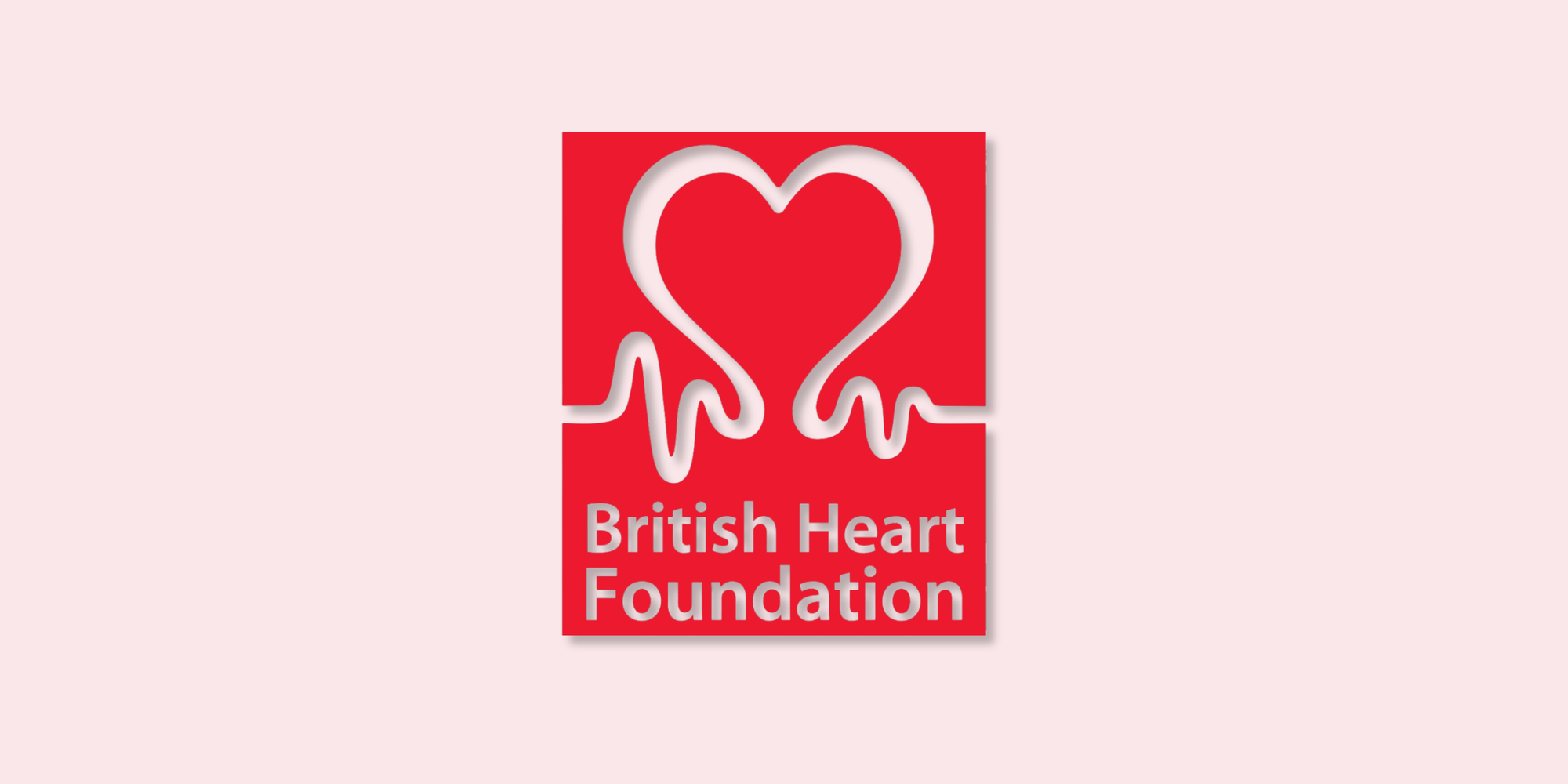Taking part in biometric user testing with the BHF


If you are familiar with the concept of paid research, there is a chance you have also heard about biometric testing. Back in 2019, we worked with the British Heart Foundation (BHF) to recruit people to take part in paid research with a bit of a twist and this is what happened.
The BHF asked us to find a few participants to take part in 45-minute testing sessions, looking at specific pages on the organisation’s website and competitors’ digital platforms. As usual, we were looking for a specific group of people, whose experience was relevant for the project: participants who had been diagnosed with a heart condition in the last five years, or those close to someone who had received a diagnosis in the same period.
The goal, according to one of the designers at the charity, Will Round, was to “identify issues with the newly redesigned conditions pages on our site, to dig deep into each user’s behaviour using biometric testing equipment and find hidden faults which traditional testing would not be able to identify.”
During the 1-2-1 research sessions (face-to-face at the time), the participants had a special and quite different experience. They were connected to a set of devices and were then asked to conduct simple tasks using prototypes, while their micro-interactions were recorded by the system.
About biometric testing
The researchers that run the sessions we recruit for at PFR are adopting these innovative biometric and neuro-measurement tools to get unconscious reactions and data directly from the participants without any kind of filtering or bias.
Still not sure what biometric testing or neuro-measurements mean? These are just a few examples of what can be analysed and captured using these tools:
➕ Galvanic Skin Response (GSR)
➕ Respiration
➕ Heart rate
➕ Eye tracking
➕ Facial coding
The results
You may be wondering how knowing where your eyes first land on a webpage or how fast or slowly you breathe when scrolling through an app determines if the product you are testing is good or not.
After the research took place, Will Round from the BHF shared some updates with us: “this testing concerned the newly redesigned conditions pages and the exercise was part of a larger initiative of research focussed on the company’s rebrand.”
During the sessions, the eye tracking software revealed that the users weren’t scrolling past a video on the page because they believed it meant that the page was ending: “we simply moved this video to another position on the page and resolved the issue.”
Eye tracking also allowed the researchers to identify that users weren’t noticing a side menu, so steps were taken to improve this element’s visibility – a couple of small, yet essential user experience details that could have been missed if the researchers were running traditional usability testing versus using biometric equipment.
According to the researcher, the sessions helped the British Heart Foundation confirm some issues they were having with the web prototypes and highlighted hidden flaws that had not been considered.



